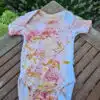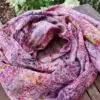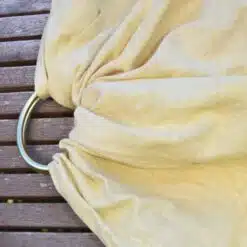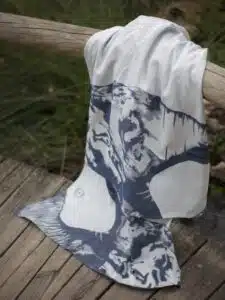Babywearing News
5 Myths About Babyweraing – What`s True and What`s Not
Estimated reading time: 5 minutes
Babywearing is as old as humanity itself. Yet, despite its long tradition, many myths still cause uncertainty among parents. Will my baby become spoiled if I carry them too much? Is babywearing bad for my back? Here, we debunk the most common misconceptions with facts that reassure.
Table of Content-
- Myth 1: “A baby that is carried a lot will become spoiled.”
- Myth 2: “Babywearing harms the parent’s back.”
- Myth 3: “Babywearing causes hip problems.”
- Myth 4: “Babies who are carried learn to walk later.”
- Myth 5: “Babywearing is only for the first few months.”
- Conclusion
- Frequently Asked Questions (FAQ)
Myth 1: “A baby that is carried a lot will become spoiled.”

False! You cannot spoil a baby with closeness. On the contrary, physical contact is a fundamental need for newborns. Studies show that babies who are carried frequently cry less, sleep more peacefully, and develop better emotional stability. Babywearing strengthens the bond between parents and child, provides security, and promotes healthy emotional development. Spoiling means fulfilling unnecessary desires, but closeness is a basic need, not a luxury!
Hemp Fabric
Linen Fabric
Hemp Fabric
Myth 2: “Babywearing harms the parent’s back.”
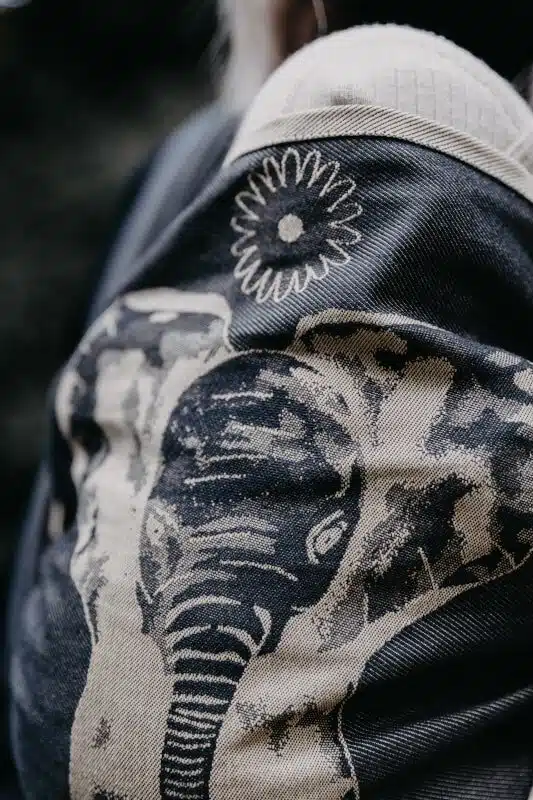
Not necessarily. It depends on the right technique and a suitable baby carrier. An ergonomic baby wrap or carrier distributes the baby’s weight evenly across the shoulders, back, and hips. Wide, padded straps and a good sitting position for the baby in the M-position help prevent back pain. Many parents even find babywearing relieving, as it promotes a natural posture and evenly distributes the body’s load.
Myth 3: “Babywearing causes hip problems.”
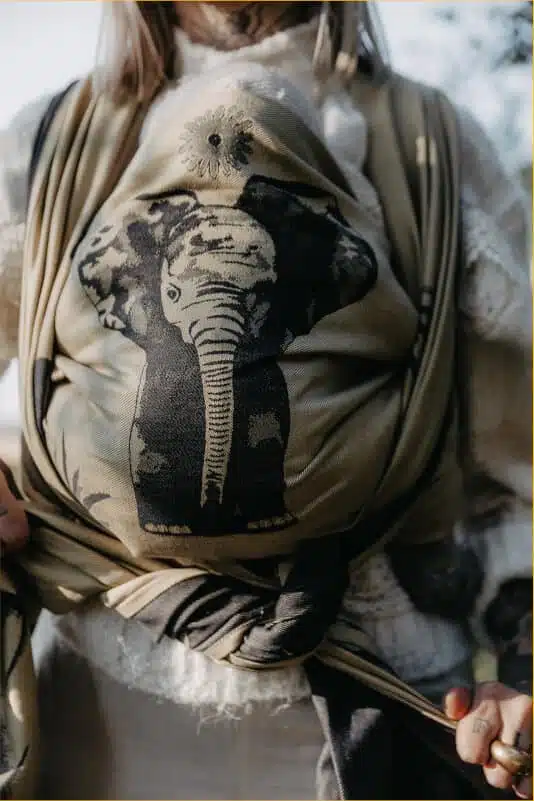
No – as long as the baby is carried correctly! The M-position (legs spread and knees higher than hips) supports healthy hip development. In cultures where babywearing is common, hip dysplasia is less frequent than in Western countries. The key is to carry the baby with bent knees and slightly spread legs. Carriers that support this posture promote healthy hip growth.
Myth 4: “Babies who are carried learn to walk later.”
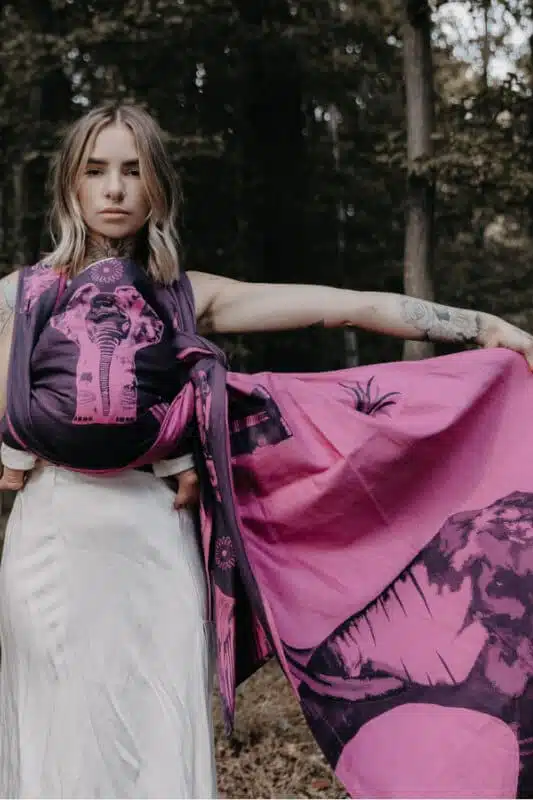
Quite the opposite! Carried babies receive continuous sensory input through their parents’ movements. They train their muscles and balance naturally. Studies show that babywearing does not delay crawling or walking. Every child develops at their own pace, regardless of how often they are carried.
Myth 5: “Babywearing is only for the first few months.”

Older babies and even toddlers still benefit from babywearing! Many parents find that their child still enjoys being carried at one year old or even older – whether because they are tired, need comfort, or feel safer in crowded places. A good carrier relieves the parent’s back and allows for comfortable babywearing for months or even years.
Conclusion
Babywearing is not a trend but a proven practice with many benefits for both baby and parents. If done correctly with an ergonomic carrier, it is a safe and healthy way to bond with your child. Don’t be misled by old myths – enjoy the closeness with your baby because these moments are priceless.
Frequently Asked Questions (FAQ)
From birth, as long as the baby is positioned ergonomically and the carrier is properly adjusted.
As long as it is comfortable for both of you! Many parents continue babywearing well into toddlerhood, especially during long walks or travels.
Yes! Newborns are best carried on the front, while older babies and toddlers can also be carried on the back or hip to reduce strain on the parent.



